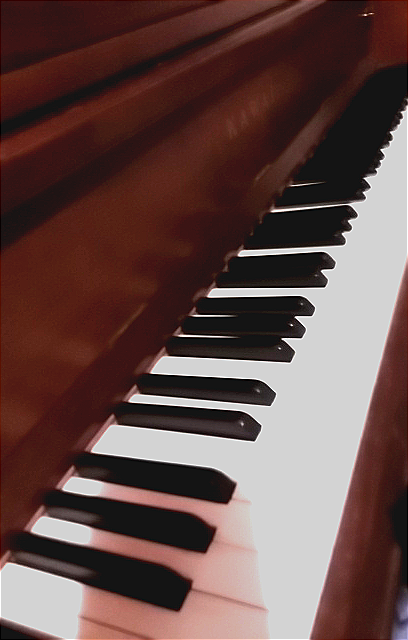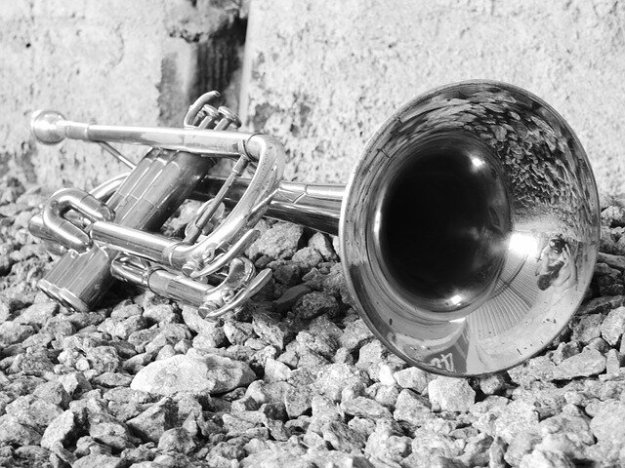What’s your identity?
Is it who people think you are? Do you believe them or not? Why?
Is it who you think you are despite what anyone may think? Is it a changing, morphing you, and your ideal you is when you break out of the changing and spread your wings like a butterfly?
All or some of these answers are right. It depends what you define identity as. But that defines how you look at others, the world, and your goals.
“Don’t be afraid to dream.” “Nothing is too big to be achieved.” “Aim high.”
“Dreams are just that–dreams. Not reality.” “That little voice giving you ideas most adults don’t have. They abandoned it as kids.” “Do you expect to be an architect when you nearly always flunked at math?”
Everyone at some time hears stuff like that.
Your identity lives forever in your loved ones’ minds after you pass. It’s our victories, failures, glitches, what we care about, and how we act which define who every one of us is when someone thinks of our names. It encompasses what we believe and stand up for. Are we fighters or lovers? It’s where we came from and are going to.
We are all special and none of us are accidents. We are pieces fitting into life’s puzzle. If we don’t have any identity, marks would not be made. These marks are what change the world, change hearts, create heroes, leave legacies, achieve what was thought impossible, and revolutionize culture.
Show your identity. Color the world.
Without it, the world is black and white and a giant newspaper.





